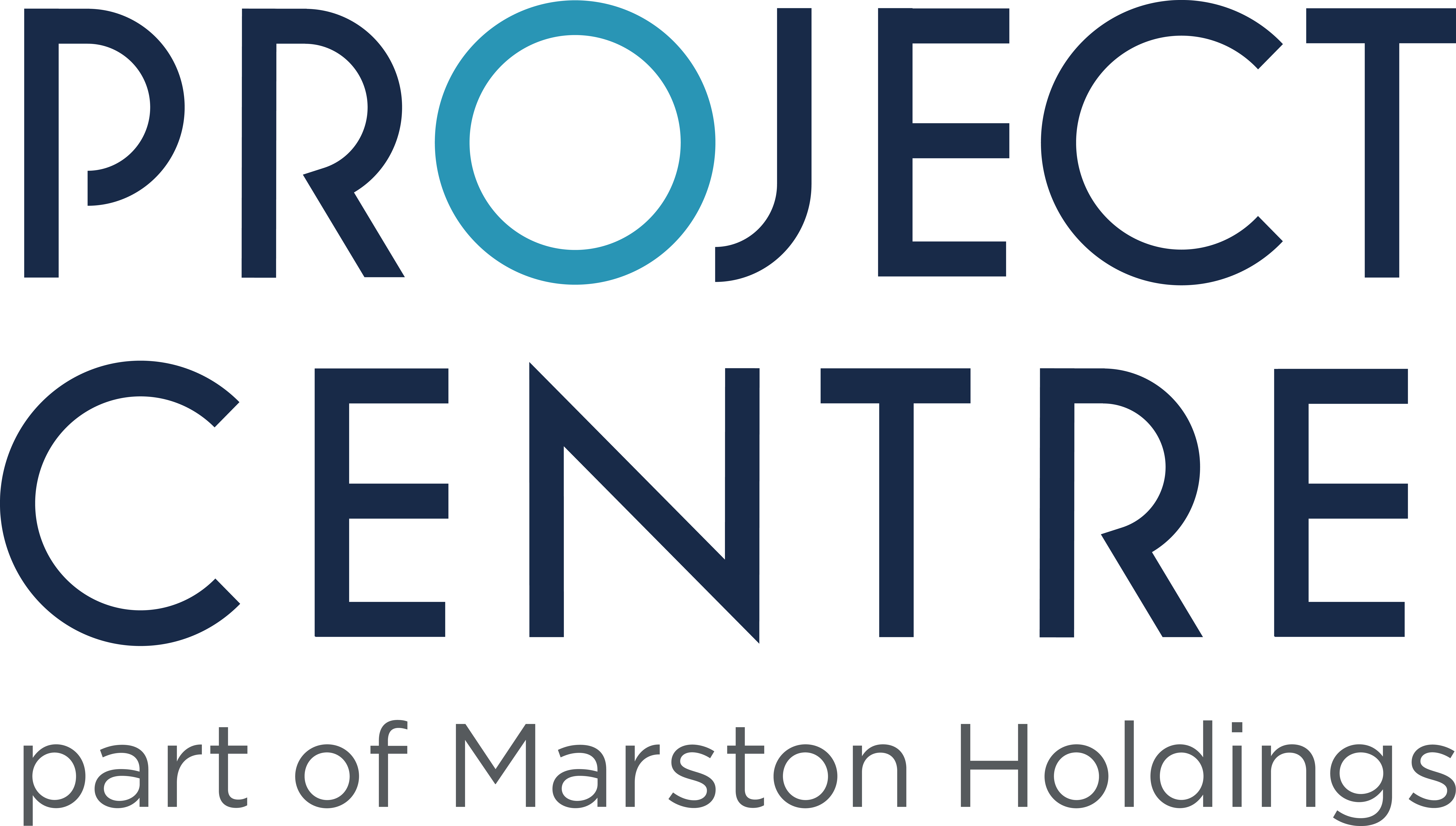From February 2024, as part of the Biodiversity Net Gain (BNG) strategy, developers will be required to demonstrate an increase in at least 10% of biodiversity in their planning applications, and maintain this for 30 years or more. If a development site is not suitable for the creation of new habitats, developers will have to identify other local areas to create these.
For local authorities, the Local Planning Authorities (LPAs) will have to measure and approve the increase of biodiversity before any development starts.
LPNs will observe different factors such as:
- The size of a habitat
- The diversity in species and wildlife
- The habitat’s condition
- Where the habitat is located and its specific benefits to the community and environment
Why is increasing biodiversity so critical?
Due to climate change, human intervention and consumption of natural resources, we are losing biodiversity and unbalancing natural ecosystems. Researchers recorded a 13% decline in average species abundance since 1970.
Nature helps us to clean the air and water, as well as providing us with food and medicine. It also brings numerous benefits to the community’s physical and mental health. If we keep losing biodiversity, we’ll increase the risk of spreading diseases. As well as increasing the risk of flooding and other natural disasters. Preserving the natural environment is vital to preserving our communities and the environment.
How to prepare for the Biodiversity Net Gain requirements
There are numerous ways to increase biodiversity, from introducing more parks, green spaces, and gardens to woodlands and wetlands. This can be applied to any development plan, for cities, roads and town centres. Including biodiversity in your drainage systems can also improve water quality and flood management.
At Project Centre, we’ve been following the Biodiversity Net Gain system for years and will continue to support our clients now that adhering to BNG plans is required by law.
We have extensive experience in multidisciplinary schemes which involve the increase of biodiverse species and green areas. Old Quebec Street is an example of how we increased the local environment’s habitat size and diversity. We planted 11 new trees and seating planters, which are effective at filtering the air. We then installed seating near the plants allowing people to get up close and personal with nature. As a result, the garden has a wide variety of shrubs and high-priority conservation bird species flocked to the area.
Our flood and water management team is also an expert in developing and installing sustainable drainage systems (SuDs). See our work in Eastcote Town Centre. SuDs are durable and cost-effective ways to manage the risk of flooding whilst cleaning polluted runoff, and creating new habitats for plants, animals and insects.
The Government requires all new development plans to adhere to BNG plans from February 2024 onwards.




